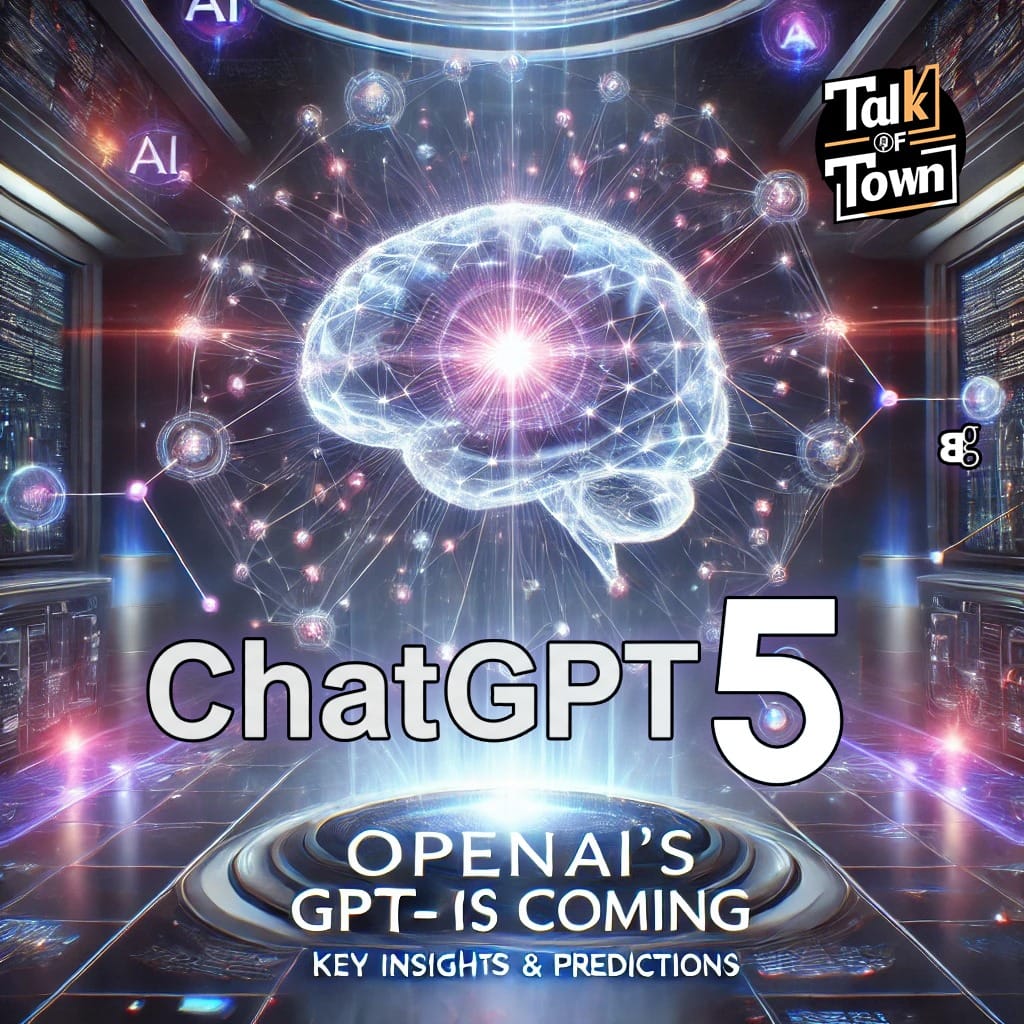- February 19, 2025
OpenAI’s GPT-5 Is Coming: Key Insights & Predictions

Introduction
OpenAI’s GPT-5, the next evolution in generative AI, is poised to redefine how humans interact with technology. With CEO Sam Altman confirming its release timeline and capabilities, the AI community is buzzing with anticipation. This blog dives into the confirmed features, strategic shifts, and potential impacts of OpenAI’s GPT-5, offering a comprehensive look at what to expect from this groundbreaking model.
1. GPT-5: A Unified AI System
OpenAI’s GPT-5 marks a departure from fragmented AI tools by merging its “o-series” reasoning models (like o3) and traditional language models into a single, adaptive system. This unification means the model will dynamically allocate computational resources based on task complexity—whether it’s generating quick responses or solving intricate problems requiring “chain-of-thought” reasoning.
Key features include:
- Enhanced Multimodality: Seamlessly process text, images, audio, and video inputs, building on GPT-4o’s capabilities.
- Advanced Reasoning: Integrate o3’s logic-driven architecture to reduce hallucinations and improve accuracy in tasks like coding or data analysis.
- Larger Context Windows: Potential support for up to 1 million tokens, rivaling Google’s Gemini, to handle lengthy documents or conversations.
2. Release Timeline and Accessibility
Altman confirmed OpenAI’s GPT-5 will follow GPT-4.5 (“Orion”), a minor upgrade set to launch within weeks as the last non-reasoning model110. GPT-5 itself is expected in “months,” likely by mid-2025.
Subscription tiers will include:
- Free Tier: Unlimited access to GPT-5 at a standard intelligence level.
- Plus/Pro Tiers: Higher reasoning capabilities, Deep Research tools, and priority access to features like voice mode and canvas.
This tiered approach aims to democratize AI while monetizing premium features—a strategic response to competition like DeepSeek’s affordable models.
3. Impact on Industries and Everyday Use
OpenAI’s GPT-5 isn’t just a technical leap; it’s a productivity revolution. Here’s how it could transform sectors:
- Healthcare: Generate accurate diagnostic reports by analyzing patient data and medical literature.
- Education: Offer personalized tutoring with real-time problem-solving and adaptive lesson plans.
- Creative Fields: Produce video scripts, music, or marketing content using multimodal inputs.
For everyday users, features like Deep Research (10 free monthly queries for Plus users) will simplify tasks like trip planning or financial analysis.
4. Challenges and Ethical Considerations
Despite its promise, OpenAI’s GPT-5 faces hurdles:
- Computational Costs: Balancing speed and accuracy with rising cloud expenses (via Microsoft Azure).
- Regulatory Scrutiny: Governments may impose stricter rules to curb misuse, such as deepfakes or biased outputs.
- Market Competition: Rivals like Anthropic and Google’s Gemini are closing the gap in coding and reasoning tasks.
OpenAI’s focus on “red teaming” and safety committees aims to mitigate risks, but ethical debates around job displacement and data privacy will persist.
5. The Road to AGI: What’s Next?
While OpenAI’s GPT-5 isn’t AGI, its unified architecture brings us closer to machines that “think” like humans. Altman envisions AI that autonomously manages tasks—from scheduling meetings to strategic business decisions.
Future iterations may prioritize:
- Autonomous Agents: AI that executes tasks (e.g., CRM updates) without human input.
- Hyper-Personalization: Models tailored to individual preferences using private data.
Conclusion
OpenAI’s GPT-5 is more than an upgrade—it’s a paradigm shift toward cohesive, reliable, and intuitive AI. By unifying reasoning and language models, OpenAI aims to simplify user experiences while pushing the boundaries of what AI can achieve. As industries brace for disruption, one thing is clear: the future of AI is adaptive, multimodal, and closer than ever.

